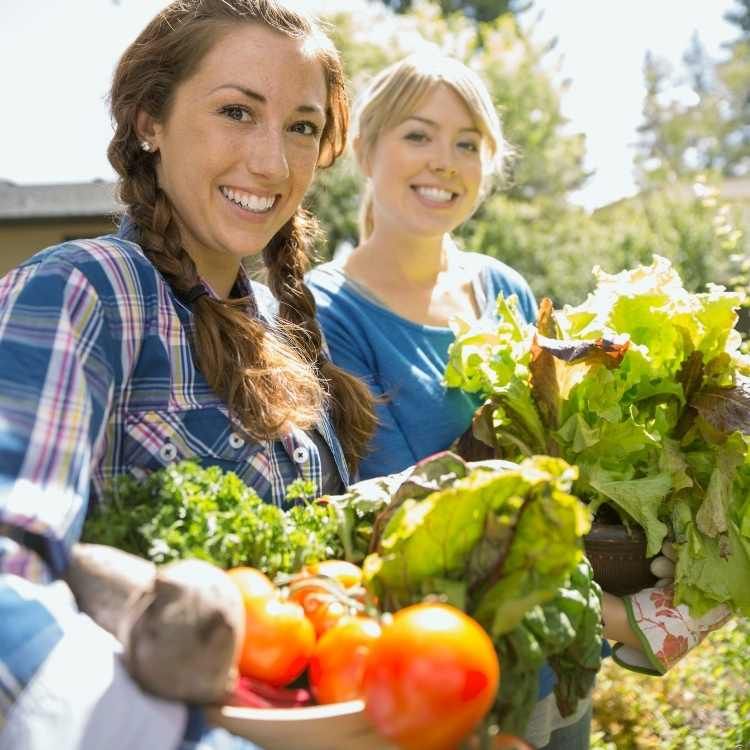
Key Takeaways
Homegrown produce is packed with nutrients because it’s harvested at peak ripeness.
Gardening at home can reduce stress and promote mental well-being.
By avoiding commercial pesticides, homegrown fruits and vegetables are safer and healthier.
Home gardening is eco-friendly, reducing your carbon footprint and food waste.
Starting a home garden can be cost-effective and sustainable in the long run.
Freshness That Fuels: The Direct Health Benefits of Homegrown Produce
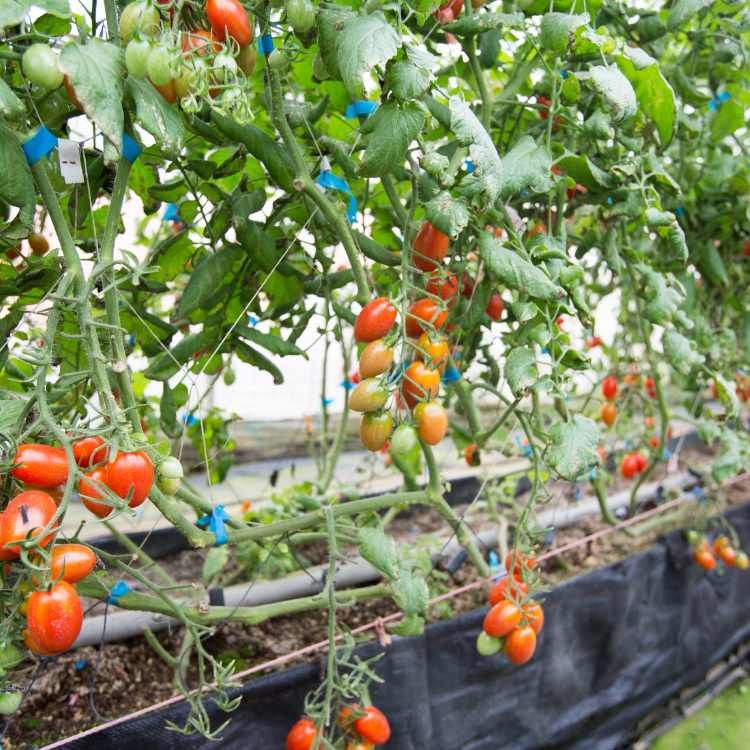
Imagine biting into a juicy tomato, still warm from the sun, picked right from your garden. That’s not just a delightful experience; it’s a powerful boost to your health. Homegrown produce isn’t just fresh; it’s a nutrient powerhouse. Why? Because the fruits and vegetables you grow yourself are harvested at their peak. That means they’ve had more time to soak up the sun, absorb nutrients from the soil, and develop full flavors and health benefits.
Nutritional Richness Right at Your Doorstep
When you grow your own fruits and veggies, you’re getting the most nutritional bang for your buck. Here’s the scoop: produce from your garden typically has higher levels of vitamins, minerals, and antioxidants than store-bought counterparts that may have traveled hundreds of miles and sat on shelves for days. This is especially true for vitamin C, which can degrade quickly after harvest. So, that homegrown bell pepper isn’t just crunchier and more flavorful; it’s also a better source of nutrients.
But let’s break it down further. Take leafy greens, for example. The moment they’re plucked from the ground, they begin to lose their nutritional value. However, when you harvest them right before your meal, they retain more of their vitamins and minerals. This means the spinach from your garden can contribute more effectively to your daily iron and calcium intake than the one sitting in a grocery store.
“Freshness is not just about taste. It’s about maximizing the nutritional value of your food. When you eat what you’ve grown, you’re getting the most out of every bite.”
Antioxidants Abound in the Backyard Garden
Antioxidants are the body’s defense agents. They are chemical compounds that fight free radicals, which can cause damage to your cells. The good news? Homegrown produce is often richer in antioxidants. This is because fruits and vegetables that ripen naturally on the plant and are consumed shortly after harvesting have higher levels of these beneficial compounds.
For example, blueberries grown in your backyard are little orbs packed with antioxidants. They’re not only tastier but also superior in health benefits compared to those that have been sitting in a plastic container for who knows how long. This is crucial because antioxidants play a role in preventing chronic diseases and slowing down the aging process.
Besides the personal health benefits, growing your own food has a profound impact on the environment. It’s a step towards a sustainable future, and it starts in your backyard. By choosing to garden, you’re not just cultivating plants; you’re nurturing a healthier planet.
Every seed you plant is a statement against the industrial food system, which is responsible for a significant portion of greenhouse gas emissions. But it’s not just about what you’re against; it’s about what you’re for. You’re for fresh air, rich soil, and clean water. You’re for biodiversity and the well-being of pollinators. And most importantly, you’re for a world where we live in harmony with nature, not in conflict with it.
The Sustainability Harvest: Eco-Friendly and Economical
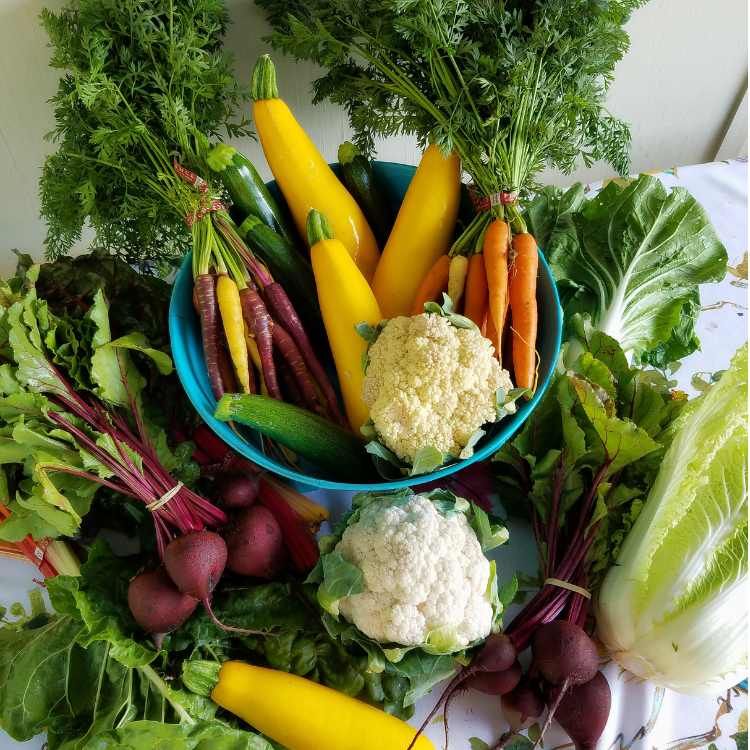
When we talk about sustainability, we’re looking at the big picture. It’s not just about today’s harvest; it’s about ensuring that future generations can enjoy the same bountiful gardens. Growing your own produce is a key part of this. It reduces the demand for commercially farmed goods, which in turn lessens the strain on our planet’s resources.
Moreover, when you grow your own food, you’re cutting out the need for transportation. Think about the journey a store-bought apple has to make before it reaches your fruit bowl. It’s picked, packaged, shipped, and often stored before it finally lands in the supermarket. Each step of that journey requires energy and contributes to your carbon footprint. By growing at home, you’re slashing those miles to mere steps: from your garden to your kitchen.
Slash Your Carbon Footprint with Each Planting
It’s simple: plants absorb carbon dioxide. That means every time you plant something green, you’re actively removing CO2 from the atmosphere. Trees, shrubs, and even grasses play a role, but homegrown fruits and vegetables take it a step further. They not only absorb CO2 while they’re growing, but they also prevent the emissions that would have been generated getting similar produce from farm to table.
And let’s not forget about composting. By turning your kitchen scraps and yard waste into compost, you’re not only enriching your soil but also reducing the amount of waste that ends up in landfills, where it would release methane, a potent greenhouse gas.
“Each plant in your garden is a leafy warrior in the battle against climate change. By growing your own food, you’re part of the solution.”
Cost Savings and Less Food Waste on the Homestead
Gardening is not just good for the earth; it’s great for your wallet too. After the initial setup, the cost of seeds or seedlings is minimal compared to the price of produce at the grocery store. Plus, when you grow your own, you’re less likely to waste it. You know the effort that went into each plant, so you’re more likely to use every bit you can and find creative ways to preserve any excess.
Consider this: the average family throws away about $1,600 worth of food each year. But when you grow your own, you’re more in tune with how much you can consume, leading to less waste. You pick what you need, when you need it, and nothing more.
“When you grow your own food, you’re not just saving money, you’re valuing resources. You’re less likely to waste what you’ve worked so hard to cultivate.”
Seeding Success: Tips for Cultivating Your Home Garden
Starting a garden can feel daunting, but with the right approach, it’s a journey filled with rewards. The key is to start small and grow your skills along with your plants. Here’s how to ensure your gardening venture is a blooming success.
First, choose easy-to-grow crops that are known for their resilience and high yield. Think tomatoes, peppers, lettuce, and herbs. These plants are forgiving for beginners and can grow in a variety of conditions. As you gain confidence, you can branch out to more challenging varieties.
Selecting the Right Space and Setup for Your Greens
Every plant has its preferences. Some crave the sun, while others thrive in the shade. When choosing a location for your garden, consider these needs. A sunny spot with well-draining soil is a good start for most vegetables. If you’re short on space, don’t fret. Container gardening can be just as productive. With the right pots and a bit of creativity, you can grow an abundance of herbs and veggies on a patio or balcony.
Making the Most of Seasons and Cycles in Gardening
Gardening is all about timing. Plant too early, and your seedlings might shiver in the cold. Plant too late, and the summer heat could scorch them. To avoid these pitfalls, get to know your local growing seasons. Your local cooperative extension office or gardening club can provide a planting calendar specific to your area. This will tell you the best times to plant each type of vegetable or fruit.
Also, consider crop rotation. By changing what you plant in each area from year to year, you can prevent soil depletion and reduce the risk of disease and pests. It’s a strategy that’s been used by farmers for centuries, and it works just as well in the backyard garden.
Essential Toolkit: Equip Yourself for Home Garden Excellence
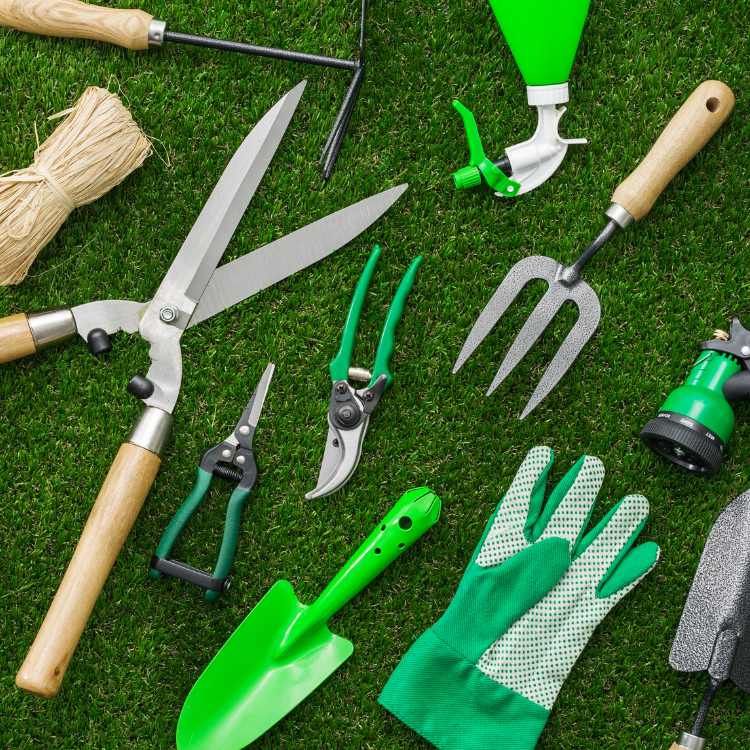
Before you dive into the soil, let’s talk tools. A well-equipped gardener is a happy gardener. Here’s what you’ll need to get started:
Must-Have Tools for Every Home Gardener
A good spade, a sturdy hoe, and a reliable rake are the backbone of any garden toolkit. These will help you dig, plant, and keep your soil in tip-top condition. Don’t forget a set of hand tools, like a trowel and pruners, for up-close work with your plants.
Seeking Out Seeds: Sourcing Quality for Your Plot
The foundation of your garden is the quality of your seeds. Look for reputable suppliers who offer non-GMO, organic seeds. Not only will this ensure that your produce is free from unwanted chemicals, but it will also support sustainable farming practices. Remember, the variety of seeds you choose can make a difference in your garden’s success. Opt for heirloom varieties to enjoy flavors that have been cherished for generations.
And for those who are eager to get started, consider checking out Survival Essentials’ collection of heirloom seeds. They offer a variety of non-GMO, quality seeds that could be the perfect start to your home gardening journey. Visit their online store at Survival Essentials and explore their selection to find the seeds that suit your garden’s needs.
Gardening is not just a hobby; it’s a way to ensure you have access to the freshest, most nutritious food possible. It’s about connecting with the earth and taking control of what you consume. You’ve learned about the nutritional benefits, mental health perks, and the environmental impact of homegrown produce. Now, let’s put that knowledge into action and get our hands dirty.
Remember, the journey of a thousand plants begins with a single seed. So, let’s start sowing the seeds of health and sustainability today. Your body, mind, and planet will thank you for it.
Recipe Inspirations Featuring Homegrown Ingredients
There’s nothing more satisfying than enjoying a meal that includes ingredients you’ve grown yourself. Whether it’s a simple salad with homegrown lettuce and tomatoes or a more elaborate dish flavored with your own herbs, the freshness of homegrown produce can transform any meal into a culinary delight. Try adding fresh basil to your pasta sauce or some crisp peppers to your stir-fry. The possibilities are endless, and the flavors are unbeatable.
FAQ: Rooting Out Common Inquiries on Homegrown Produce
As we wrap up our discussion on the benefits of homegrown produce, let’s address some frequently asked questions that may have sprouted in your mind.
Many of you might wonder about the tangible health improvements you can expect from eating homegrown produce or the psychological effects of gardening. Others might be looking for guidance on starting their own gardens or ensuring their produce is truly organic. Let’s dig into these questions.
How Does Homegrown Produce Improve Health?
Homegrown produce can significantly improve your health in several ways. By harvesting at the peak of ripeness, you’re getting more vitamins, minerals, and antioxidants than you would from store-bought produce. This can lead to better overall nutrition, a stronger immune system, and a reduced risk of chronic diseases.
Moreover, when you grow your own food, you’re less likely to consume harmful pesticides and chemicals often found in commercially grown produce. This can contribute to long-term health benefits, including a lower risk of cancer and other health issues associated with pesticide exposure.
Higher nutrient content due to peak ripeness at harvest.
Reduced exposure to harmful pesticides and chemicals.
Potential for better digestion due to the freshness of produce.
Increased intake of dietary fiber, which is essential for a healthy digestive system.
Lower risk of chronic diseases thanks to a diet rich in fresh fruits and vegetables.
Can Gardening Really Affect Mental Wellness?
Yes, absolutely. Gardening can be a therapeutic activity that reduces stress, improves mood, and enhances mental clarity. The act of nurturing plants, being outdoors, and engaging in physical activity can contribute to a sense of accomplishment and peace. It’s a form of exercise that stimulates the body and calms the mind.
What Are the Steps to Start a Home Garden?
Starting a home garden involves several key steps:
Choose a suitable location with adequate sunlight and access to water.
Test and prepare your soil to ensure it has the right nutrients and pH balance for your plants.
Select plants that are appropriate for your climate and the season.
Plant your seeds or seedlings, giving them enough space to grow.
Water, weed, and care for your plants regularly.
Harvest your produce when it’s ripe and ready to eat.
How to Ensure My Produce Is Organic and Pesticide-Free?
To ensure your produce is organic and pesticide-free, start with organic seeds or seedlings. Use natural methods for pest control, such as companion planting, beneficial insects, and organic sprays. Avoid using synthetic fertilizers or pesticides. Instead, opt for organic compost to enrich your soil.
Being vigilant about the products and methods you use in your garden is key. Always read labels and choose organic-certified products whenever possible.
What Are Some Beginner-Friendly Plants to Grow at Home?
If you’re new to gardening, start with plants that are known for being easy to grow. Some beginner-friendly options include:
Herbs like basil, mint, and parsley.
Leafy greens like lettuce, spinach, and kale.
Root vegetables like carrots and radishes.
Fruiting plants like tomatoes, cucumbers, and strawberries.
These plants are forgiving and can thrive with basic care, making them perfect for those just starting out. For more detailed guidance, consider reading about common mistakes to avoid when starting a survival garden.
“The greatest wealth is health. By growing your own produce, you’re investing in the richest currency of all.”
In conclusion, embracing the practice of growing your own produce is a step toward a healthier, happier, and more sustainable life. It’s a journey that rewards you with every sprout, every bloom, and every harvest. So, why not start today? Your health and wellness journey awaits in the seeds you plant and the soil you nurture.





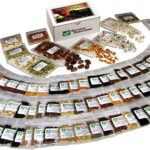

Leave a Reply